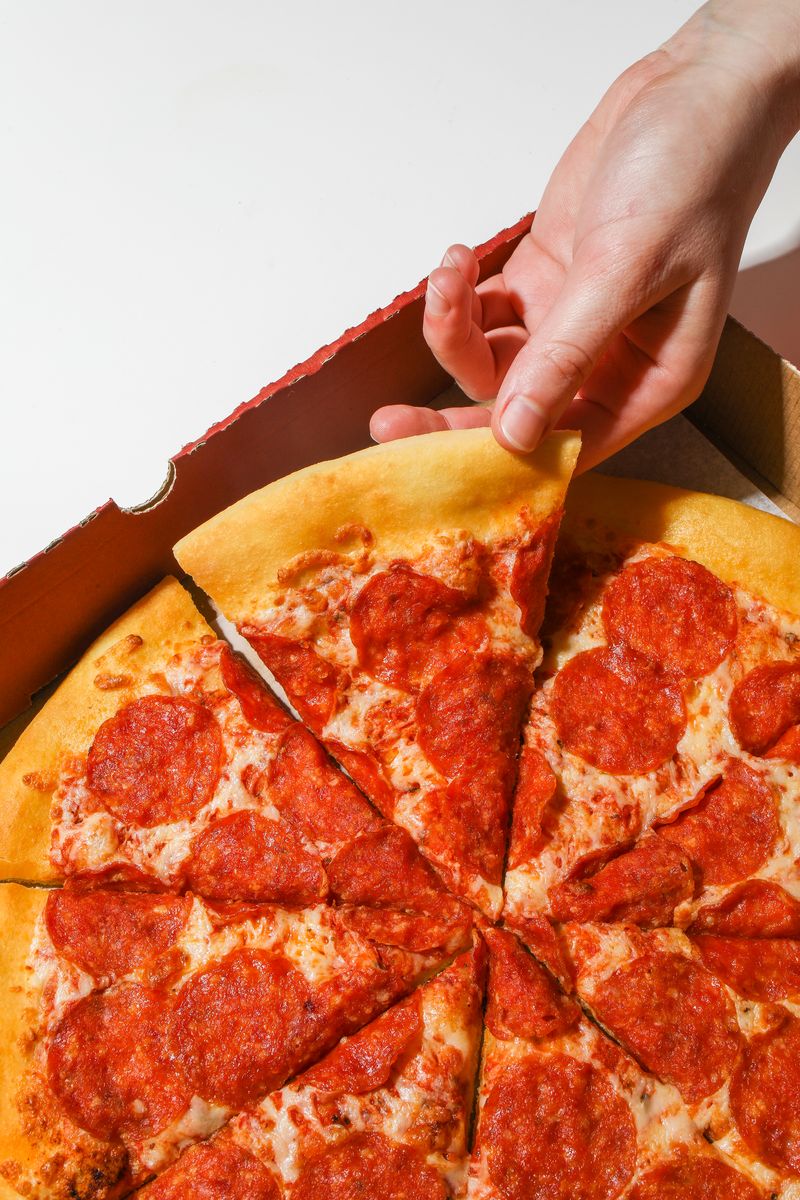Burger King Faces Lawsuit Over Whopper Portion Sizes
Introduction
Burger King, one of America’s leading fast-food chains, is facing a class-action lawsuit that alleges the company misrepresents the size of its signature Whopper burger on in-store menu boards. The lawsuit claims that Burger King’s marketing strategy deceives customers into believing that the Whopper is larger than it actually is by showcasing photos of burgers with overflowing ingredients. This is not the first time a fast-food chain has been embroiled in such a legal dispute, as McDonald’s, Wendy’s, and Taco Bell have also faced similar lawsuits in the past.
The Allegations and Response
The proposed class-action suit argues that Burger King portrays its Whopper burgers as 35% larger than they truly are, using advertisements that show ingredients overflowing the bun. Burger King attempted to have the lawsuit dismissed, asserting that it is not obligated to offer burgers that perfectly match the visual depiction in its advertising. However, the judge overseeing the case rejected this argument, stating that the perception of reasonable customers should determine the outcome.
In response to the lawsuit, Burger King has vehemently denied the allegations, calling the plaintiffs’ claims false. The company asserts that the flame-grilled beef patties portrayed in its advertising are the same patties used in the millions of Whopper sandwiches served to customers across the nation.
A History of Portion Size Lawsuits
This lawsuit against Burger King joins a growing list of legal actions taken against fast-food chains for allegedly misleading customers about portion sizes. In recent years, McDonald’s, Wendy’s, and Taco Bell have faced similar allegations. In particular, the Subway “footlong” lawsuit gained significant attention in 2013 when a customer discovered that a sandwich marketed as a foot long measured only 11 inches. Subway lost the case in 2016 but saw the settlement overturned by an appeals court in 2017, deeming it worthless.
The Deceptive Power of Visual Advertising
The prevalence of lawsuits against fast-food chains over portion sizes raises important questions about the ethics and accountability of the advertising industry. Visual depictions play a pivotal role in marketing strategies, often leading customers to have unrealistically high expectations about the size and quality of the products they purchase. This issue is not limited to the fast-food industry; it pervades various sectors, influencing consumer behavior and shaping public perceptions.
The Philosophical Perspective: The Role of Truth in Commerce
From a philosophical standpoint, this ongoing series of lawsuits invites reflection on the nature of truth and its place in the realm of commerce. Should companies be held accountable for precisely matching the visual representation of their products in advertisements? Or is there an implicit understanding between businesses and consumers that some exaggeration or variation is to be expected? These questions touch upon the balance between artistic license, freedom of speech, and consumer protection.
Editorial: Striving for Transparency
While it is essential to acknowledge the challenges unique to visual marketing, businesses must also recognize the responsibilities they bear towards their customers. Transparency and honesty should be central tenets guiding any organization’s advertising practices. By consistently delivering products that align with customers’ expectations, companies can cultivate trust and foster long-lasting relationships with their consumer base.
Conclusion
Burger King finds itself amidst a legal battle over allegations of misrepresenting the size of its Whopper burgers. This lawsuit, coupled with previous cases against other fast-food chains, underscores the importance of truthfulness in advertising. As consumers, it is crucial for us to critically assess marketing messages and manage our expectations as we make purchasing decisions. Likewise, it is incumbent upon businesses to uphold principles of transparency and honesty, ensuring that their advertised products closely align with reality.

<< photo by Polina Tankilevitch >>
The image is for illustrative purposes only and does not depict the actual situation.




